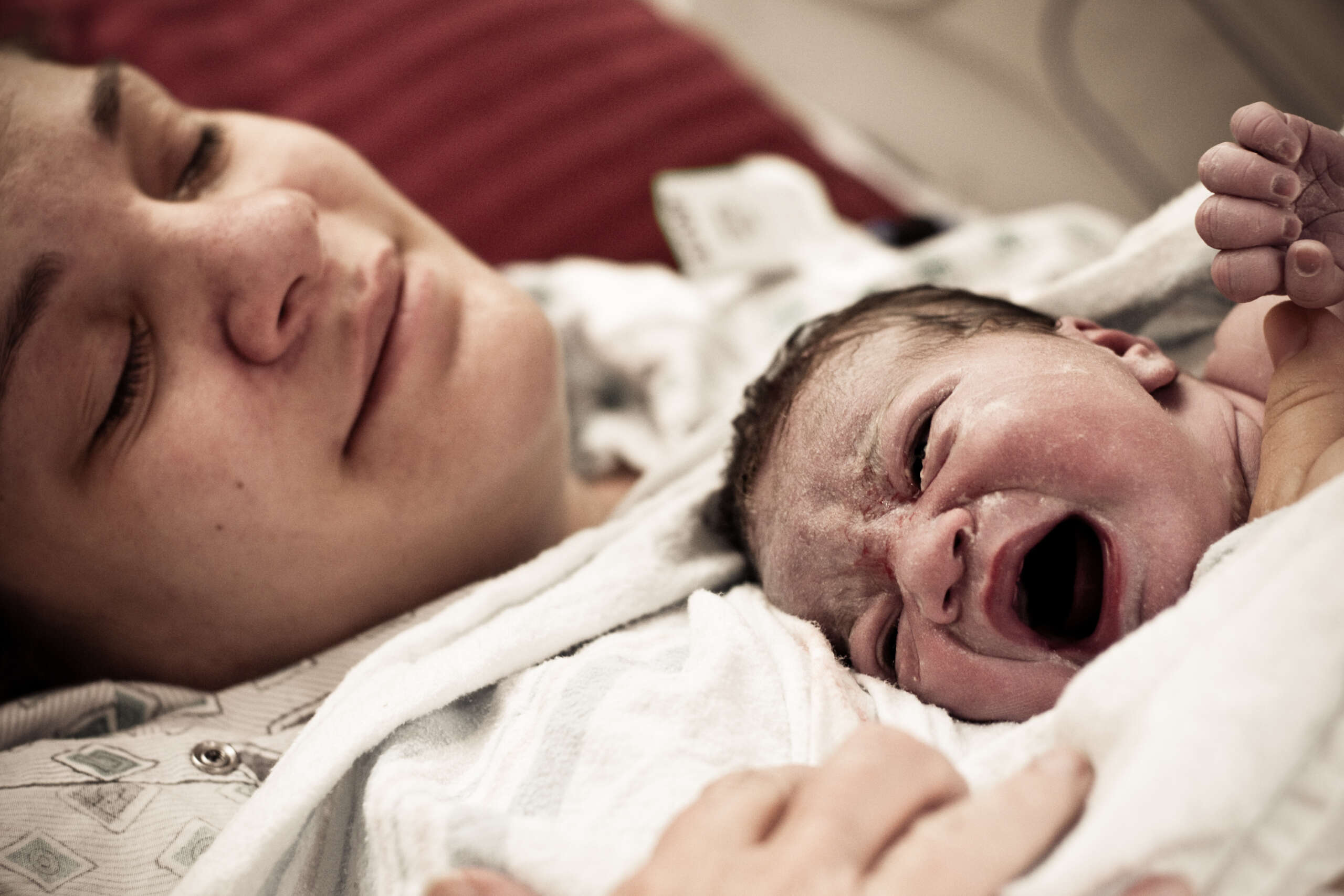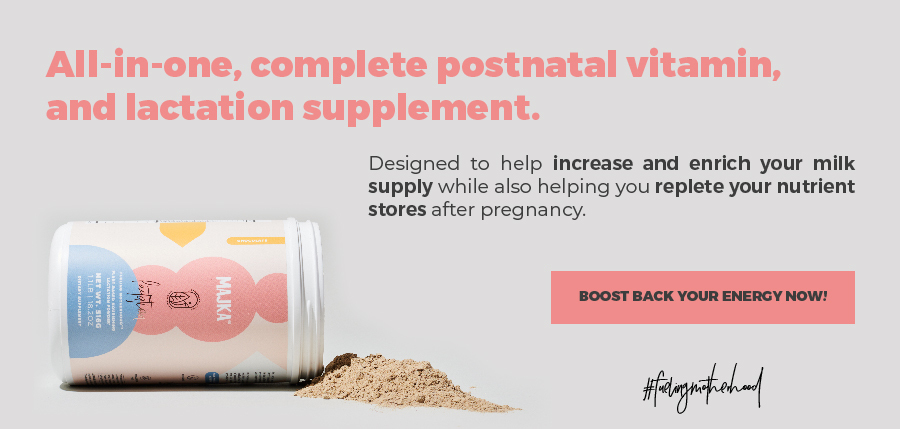
What is vaginal delivery?
A vaginal delivery is when a person gives birth through their vagina. Vaginal deliveries are the most common and most preferred method of delivery. This is because they are typically low-risk and carry the most benefits to the birthing person and baby.
During a vaginal birth, your uterus contracts to thin and open your cervix to push your baby out through your vagina (or birth canal). Healthcare providers prefer vaginal deliveries because they’re usually safest for the fetus and the birthing person. A vaginal delivery occurs most often between weeks 37 and 42 of pregnancy.
How common are vaginal deliveries?
According to the Centers for Disease Control and Prevention (CDC), there were more than 2.5 million vaginal deliveries in 2020. Vaginal deliveries account for about 68% of all births in the United States and 80% of births worldwide.
Types of vaginal delivery:
There are different types of vaginal deliveries: spontaneous, induced and assisted.
- Spontaneous vaginal delivery: A vaginal delivery that happens on its own and without labor-inducing drugs.
- Induced vaginal delivery: Drugs or other techniques initiate labor and prepare your cervix. This is also called labor induction.
- Assisted vaginal delivery: A vaginal birth that occurs with the help of forceps or a vacuum device to get your baby out. Both spontaneous and induced vaginal delivery can be assisted.
Stages of a vaginal delivery:
A vaginal delivery can be broken into three stages: labor, birth and delivering the placenta.
- Labor
The first stage of labor begins with uterine contractions and ends with your cervix being 10 centimeters dilated and 100% effaced. Labor can be classified as early labor, active labor and transitional labor:
- Early labor: The time when contractions begin and your cervix starts to open (dilate) and thin (efface). Your cervix may be about 5 centimeters dilated at the end of early labor.
- Active labor: This stage of labor consists of strong contractions that last up to one minute each and happen about three minutes apart. Some people request an epidural during this time because contractions can be painful. If medically necessary, a healthcare provider may also give you oxytocin (Pitocin®) to speed up labor.
- Transitional labor: This is the time just before your cervix is 10 centimeters dilated. It’s a short but intense time when your contractions come very quickly and last longer than one minute. This phase may make you sweat, vomit or feel shaky. It happens just before you begin to push.
Other pain management techniques are:
- Constant, close support from your partner (or a trusted friend or loved one) for the duration of labour can reduce anxiety.
- Doula support and breathing exercises.
- Using distractions like music can help to take your mind off the pain.
- Hot or cold packs, massage, a warm shower or immersion in a warm bath, and keeping active may all be helpful.
- Hypnosis, acupuncture and acupressure are areas in which there has been little research but these may be considered also.
- Birth
The birthing stage begins when you reach 10 centimeters and ends with the birth of your baby through your vagina. In this stage of labor, you experience strong contractions and begin pushing. You may feel pressure or like you need to poop. Your healthcare provider, midwife or doula may coach you through pushing, especially if you’ve had an epidural and can’t feel contractions. This phase can last a few minutes or a few hours. Generally, birth is quicker if you’ve had a prior vaginal delivery.
- Delivering the placenta
The last stage of labor is delivering the placenta (commonly called afterbirth). It begins after your baby is removed from your vagina and ends when your placenta is delivered. Your healthcare provider may ask you for a few more pushes. This stage begins a few minutes after your baby is born and lasts up to 30 minutes.
It’s important to remember that labor and childbirth are different for everyone. Certain factors can play a role in your labor being longer or shorter. For example, if you get an epidural, you won’t experience the same pain level as a person who doesn’t get an epidural. Also, your labor may be longer if it’s your first baby. Factors like the size and position of your baby and how quickly you dilate can all affect how long a vaginal delivery takes.
Is it painful?
Yes, it can be painful. There are many options to help manage your pain during a vaginal delivery. Some people choose to get an epidural block. An epidural numbs your body from the waist down. Discuss your options for pain relief with your healthcare provider.
There are many non-medical methods you can use to help relieve pain and discomfort during labour and birth, such as having doula support, breathing exercises, etc.
What are the advantages and benefits of a vaginal delivery?
A vaginal delivery offers several benefits to both the birthing person and the fetus.
The benefits of vaginal delivery for the birthing person are:
- Shorter recovery time.
- Lactation begins sooner.
- Lower chance of future pregnancy complications.
The benefits of vaginal delivery for the fetus are:
- Lower chance of respiratory conditions.
- Improved immune system function.
- More likely to breastfeed (chest feed).
What are the most common complications of a vaginal delivery?
Vaginal deliveries generally carry the least risk. The most common complications during a vaginal delivery are:
- Failure to progress: This is when labor slows or stops and your cervix doesn’t dilate. Your healthcare provider may give you oxytocin to stimulate contractions and progress labor.
- Irregular fetal heart rate: This is when your baby’s heart rate slows down because their head or umbilical cord is compressed.
- Hemorrhage and bowel issues: This is excessive or life-threatening bleeding during or after birth. Sometimes a person doesn’t bleed until several hours after delivery (postpartum hemorrhage).
- Vaginal tears: Tears and rips to the perineum or other tissues around your vagina and rectum that happen during childbirth.
- Deep vein thrombosis: These are blood clots that develop in your legs or pelvis shortly after delivery.
- Postpartum preeclampsia: This is excessively high blood pressure in a person who has just given birth.
- Excessive pain and exhaustion: strenuous physical exertion and varying degrees of pain.
- Urinary incontinence.
- Pelvic trauma.
- Negative reactions to epidural.
What are the risks of having a vaginal delivery?
Whether you’re planning to have a vaginal delivery or not, sometimes conditions arise during labor and delivery that may make a C-section a necessity.
A vaginal delivery may be nature’s way of bringing children into the world but due to prolonged labor certain risks need to be considered, for example that the baby might start to get stressed trying to go through the vaginal canal for too long.
- Your baby’s heart rate will be always monitored, if it starts to slow down your physician will most certainly advise you to go for a C-section in order to avoid any complications.
- If you have a long labor or if your baby is especially large, there’s a chance that your baby might be injured during the vaginal birth, including a risk for a fractured collarbone or bruised scalp.
- Once there is valid medical reason to justify a C-section, try not to hold on to you original Birth Plan: keeping you and your baby safe and well is the only priority.
- It will depend on your baby’s heart rate whether it is possible to continue with a vaginal birth of if a last minute change of plans is necessary.
Can I voluntarily choose C-section?
Ideally every Birth Plan should start by trying to achieve a natural birth, nevertheless the choice of actually going through with one is 100% elective and personal. Whatever birth type you choose should be dealt with physical preparation and some degree of mental flexibility since surprises may change your original plans.
Alternatives to a natural delivery like a C-section can also be chosen over a natural birth, these decisions should always be advised by your healthcare provider and you should be aware of pros and cons to any possible outcome.
When having a C-section just make sure you get to experience skin-to-skin contact so nursing can start as soon as possible after delivery.
Not all women may be eligible for a natural birth but if you decide to choose a C-section over a vaginal delivery, remember it’s still surgery, so a C-section comes with the same risks associated any surgery, such as longer hospital stays, pain, infection, blood loss, and longer post-delivery recovery.
If you want to learn more about what to expect during your baby’s birth, here are some of the sources that made this article possible:
- Vaginal Delivery.
- Weighing the Benefits and Risks of Vaginal Childbirth.
- Fast stats.
- Vaginal birth: a guide.
- “Natural birth” vs. epidural birth.
- Dealing With Pain During Childbirth.
- Breathing Techniques for Childbirth.
Annie Rueb





